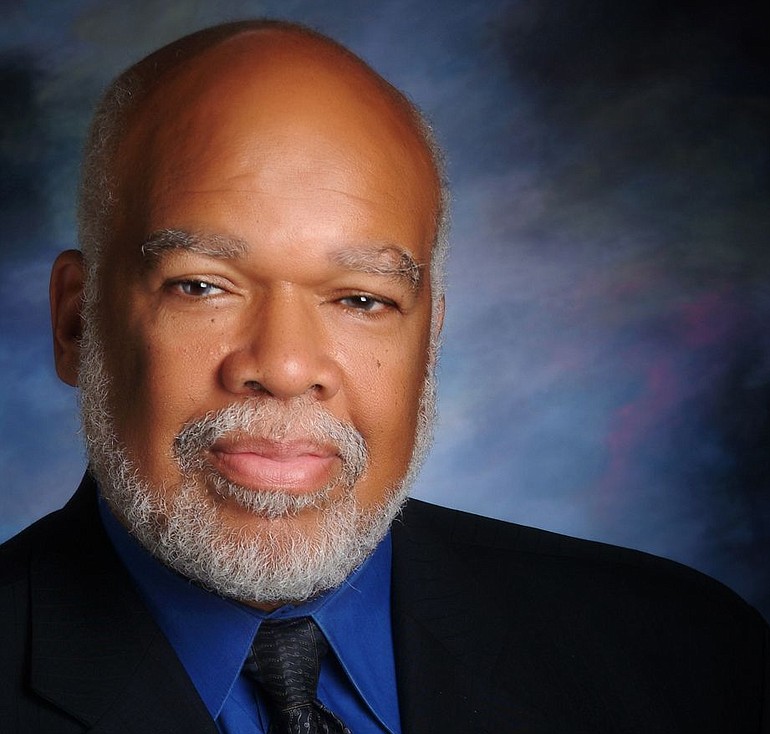Any Clark County business leader who thinks initiatives to create healthy workplaces are luxuries rather than necessities ought to talk to Adewale Troutman, director of the Louisville (Ky.) Metro Department of Public Health and Wellness.
Troutman, who spoke Tuesday to about 180 people at the Heathman Lodge in Vancouver, walked his audience through a PowerPoint presentation filled with numerous data-backed examples of businesses that have implemented employee wellness programs, and reaped higher levels of productivity and lower health-care costs.
For example, about 80 percent of workers at Omaha, Neb.-based Union Pacific Railroad reported they were more productive because of the company’s exercise programs, while 75 percent reported an increase in their ability to concentrate on tasks. In the first year of a fitness program launched by Canada Life Assurance in Toronto, employee turnover was only 1.8 percent per year among frequent participants, compared with an companywide average turnover of 18 percent before the program was in place.
Troutman also cited workplace health programs that led to decreases in absenteeism and workers compensation claims, and increases in employee morale and productivity. Such programs are good for the bottom line, he said, and they’re “good for the community as well.”




